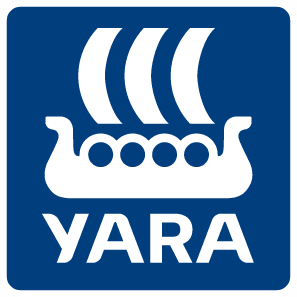Agronomic
Environmental
Practical
Environmental
Practical
A tractor-mounted real-time variable-rate nitrogen sensor
The Yara N-Sensor ALS-2 enables real-time variable rate application of fertilisers by measuring a crop’s nitrogen status in a precise, easy-to-use, and cost-efficient system.
The system is the culmination of over 20 years of development work at Hanninghof in Germany, through extensive testing and trial work.
With the sensor fitted you can:
- Measure crop nitrogen requirement as the fertiliser spreader passes across the field
- Automatically adjust the fertiliser application rate in real-time.
Which means you can:
- Apply nitrogen variably in exact amounts, only where it’s needed
- Improve yields and reduce costs
- Improve harvest performance and combine rates
How does the N Sensor work?
 The N-Sensor determines the nitrogen demand by measuring the crop’s light reflectance covering a total area of approximately 50m2 / sec.
The N-Sensor determines the nitrogen demand by measuring the crop’s light reflectance covering a total area of approximately 50m2 / sec.
Measurements are taken every second with the system designed to operate at normal working speeds and all bout widths.
Unlike other sensing technology in ag that are based around NDVI, the Yara N-Sensor measures light reflectance at specific wavebands related to the crop’s chlorophyll content and biomass, therefore it calculates the actual N-uptake of the crop.
Optimum application rates are derived from the N-uptake data and sent to the controller of the variable rate spreader or sprayer, which will adjust fertiliser rates accordingly.
The whole process of determining the crop’s nitrogen requirement and application of the correct fertiliser rate happens instantaneously, with no time delay. This enables “real-time agronomy and application” to be possible.
 The N-Sensor determines the nitrogen demand by measuring the crop’s light reflectance covering a total area of approximately 50m2 / sec.
The N-Sensor determines the nitrogen demand by measuring the crop’s light reflectance covering a total area of approximately 50m2 / sec.